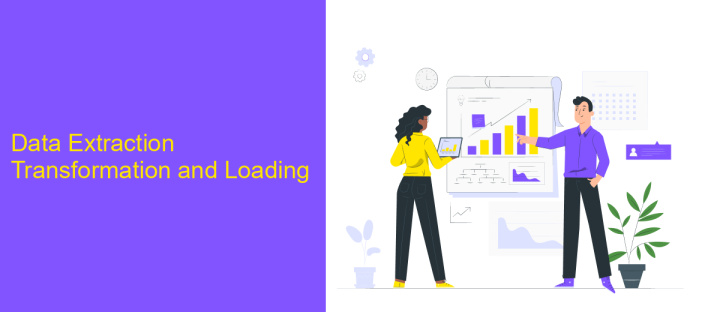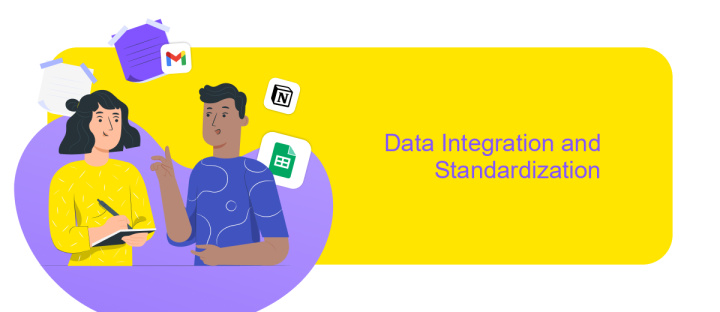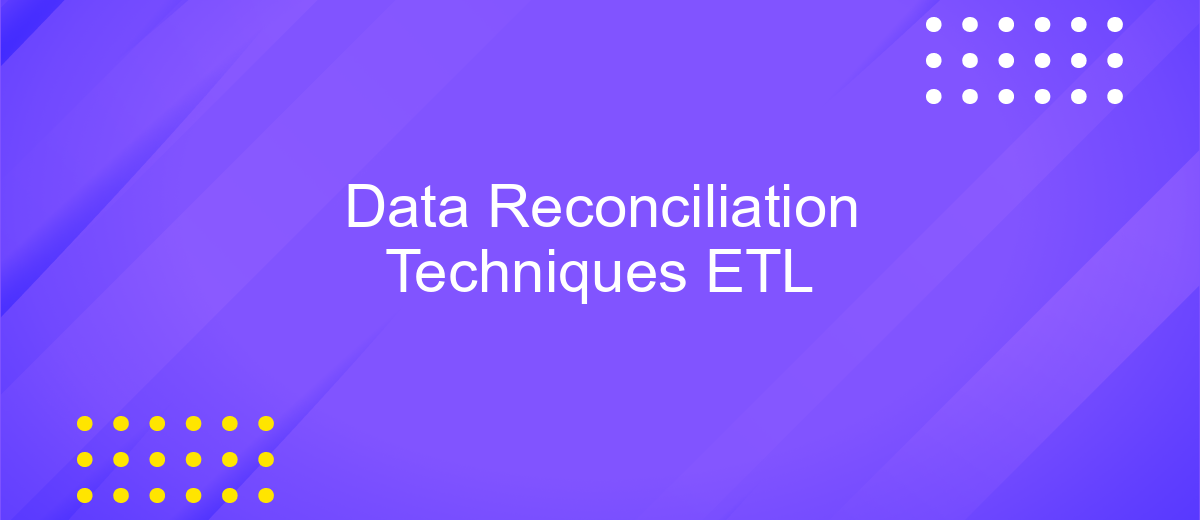Data Reconciliation Techniques ETL
Data reconciliation is a critical component of the ETL (Extract, Transform, Load) process, ensuring data accuracy and consistency across various systems. This article explores essential techniques for effective data reconciliation, highlighting methods to identify discrepancies, validate data integrity, and maintain synchronization. By implementing these strategies, organizations can enhance data quality, streamline operations, and make more informed decisions.
Data Quality Assessment
Data quality assessment is a critical step in the ETL process, ensuring that the data being transferred is accurate, complete, and reliable. This involves a series of checks and validations to identify and rectify any anomalies or inconsistencies in the data.
- Completeness Check: Ensures that all required data fields are populated.
- Accuracy Check: Verifies that the data values are correct and within acceptable ranges.
- Consistency Check: Confirms that the data is consistent across different datasets and systems.
- Timeliness Check: Ensures that the data is up-to-date and reflects the most current information.
- Uniqueness Check: Identifies and eliminates duplicate records to maintain data integrity.
Utilizing tools like ApiX-Drive can streamline the data quality assessment process by automating many of these checks. ApiX-Drive offers integrations that facilitate seamless data transfer between various systems, ensuring that data quality is maintained throughout the ETL process. By leveraging such services, organizations can minimize errors and enhance the reliability of their data.
Data Extraction Transformation and Loading

Data Extraction, Transformation, and Loading (ETL) is a crucial process in data management and integration. The first step, data extraction, involves retrieving raw data from various sources such as databases, APIs, and flat files. This raw data is often unstructured and needs to be cleaned and formatted to ensure consistency and accuracy. Tools and services like ApiX-Drive can simplify this process by automating the extraction from multiple data sources, reducing the risk of errors and saving valuable time.
Once the data is extracted, the transformation phase begins. This step involves converting the raw data into a usable format by applying various operations such as filtering, sorting, aggregating, and joining. Transformation ensures that the data meets the specific requirements of the target system. Finally, the loading phase involves transferring the transformed data into a data warehouse or another target database. Efficient ETL processes, supported by robust tools like ApiX-Drive, ensure that the data is accurate, consistent, and readily available for analysis and reporting.
Data Reconciliation Techniques

Data reconciliation is a crucial aspect of ETL (Extract, Transform, Load) processes, ensuring that the data transferred from source to destination is accurate and consistent. This process involves comparing data from multiple sources and correcting any discrepancies to maintain data integrity.
- Field-Level Reconciliation: This technique involves comparing individual fields within records to ensure data consistency. Any mismatched fields are flagged for further investigation.
- Record-Level Reconciliation: This method compares entire records between source and destination databases. Differences are identified and corrected to ensure that all records are accurately transferred.
- Aggregation Reconciliation: This technique checks the aggregated values, such as sums or averages, to ensure that the total values match between the source and destination.
- Automated Reconciliation Tools: Utilizing automated tools like ApiX-Drive can streamline the reconciliation process by integrating various data sources and automating the comparison and correction tasks.
Effective data reconciliation techniques are essential for maintaining the reliability and accuracy of data in ETL processes. By implementing these techniques, organizations can ensure that their data remains consistent and trustworthy, enabling better decision-making and operational efficiency.
Data Integration and Standardization

Data integration and standardization are crucial steps in the ETL process to ensure that data from various sources can be combined and analyzed effectively. By integrating data, organizations can create a unified view, which is essential for accurate reporting and decision-making. Standardization ensures that data conforms to a consistent format and quality, making it easier to work with.
One of the main challenges in data integration is dealing with different data formats and structures. Tools like ApiX-Drive can simplify this process by providing automated data transfer and transformation capabilities. ApiX-Drive allows seamless integration between various applications, ensuring that data flows smoothly and consistently across platforms.
- Automated data transfer between applications
- Consistent data formatting and transformation
- Real-time data synchronization
- Scalability to handle large volumes of data
By leveraging tools like ApiX-Drive, organizations can streamline their data integration and standardization processes. This not only saves time and resources but also ensures that the data used for analysis and reporting is accurate and reliable. As a result, businesses can make more informed decisions and gain a competitive edge in the market.
- Automate the work of an online store or landing
- Empower through integration
- Don't spend money on programmers and integrators
- Save time by automating routine tasks
Data Validation and Verification
Data validation and verification are critical processes in ensuring the accuracy and reliability of data within ETL (Extract, Transform, Load) workflows. During the data validation phase, data is checked against predefined rules and criteria to ensure it meets the necessary quality standards. This includes verifying data types, formats, and ranges, as well as checking for the presence of mandatory fields and the uniqueness of key identifiers. Effective data validation helps in identifying and rectifying errors early in the ETL process, thereby preventing the propagation of inaccurate data to downstream systems.
Verification, on the other hand, involves cross-checking the validated data against source systems or external references to confirm its accuracy and completeness. This step ensures that the data has been correctly extracted, transformed, and loaded without any loss or corruption. Tools and services like ApiX-Drive can facilitate this process by enabling seamless integration and automation of data flows between different systems, ensuring that data validation and verification are consistently applied across all stages of the ETL pipeline. By leveraging such tools, organizations can maintain high data quality and integrity, ultimately supporting better decision-making and operational efficiency.
FAQ
What is Data Reconciliation in the context of ETL?
Why is Data Reconciliation important in ETL processes?
What are common techniques used for Data Reconciliation in ETL?
How can automation tools help in Data Reconciliation for ETL processes?
What challenges might one face during Data Reconciliation in ETL, and how can they be addressed?
Time is the most valuable resource in today's business realities. By eliminating the routine from work processes, you will get more opportunities to implement the most daring plans and ideas. Choose – you can continue to waste time, money and nerves on inefficient solutions, or you can use ApiX-Drive, automating work processes and achieving results with minimal investment of money, effort and human resources.


